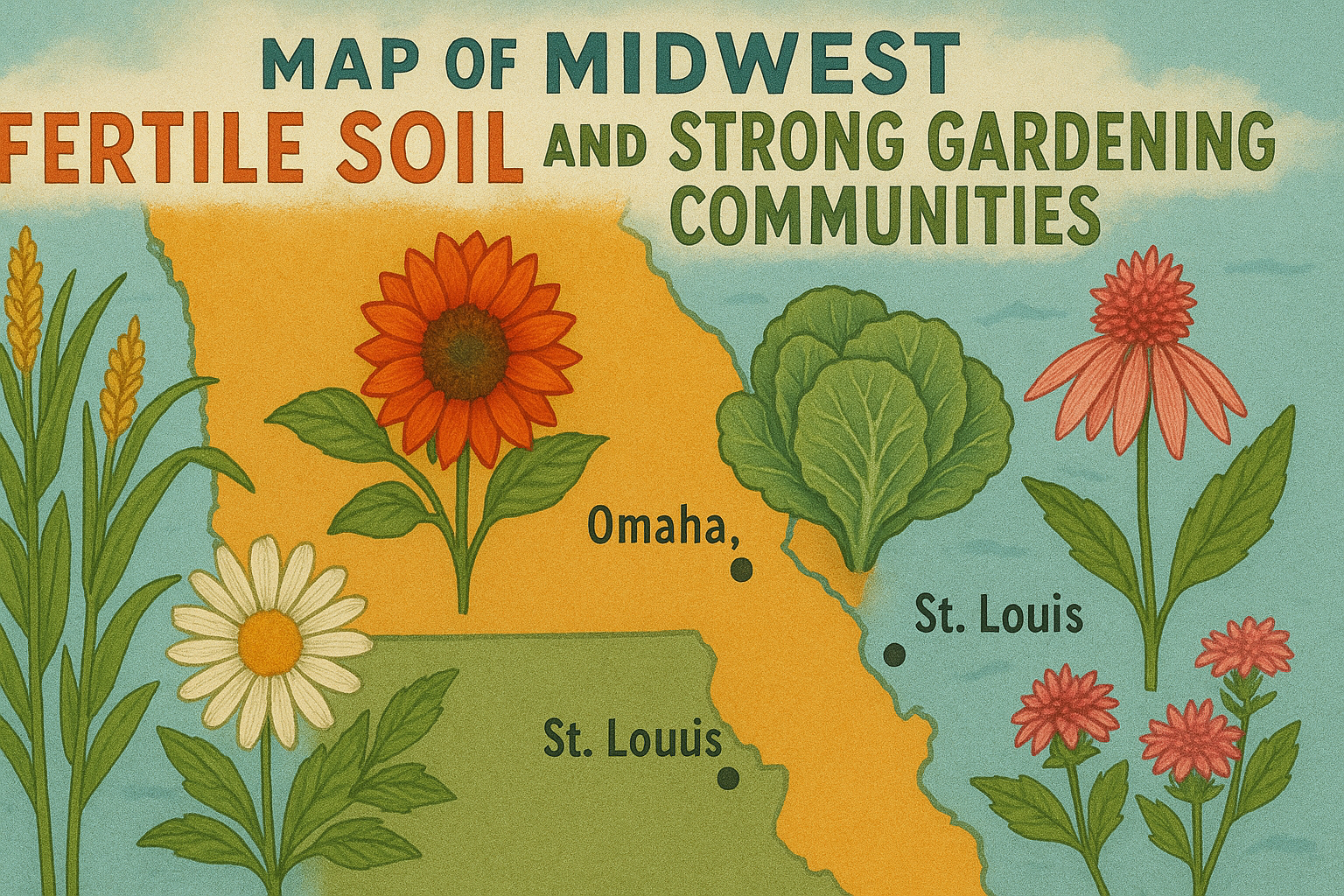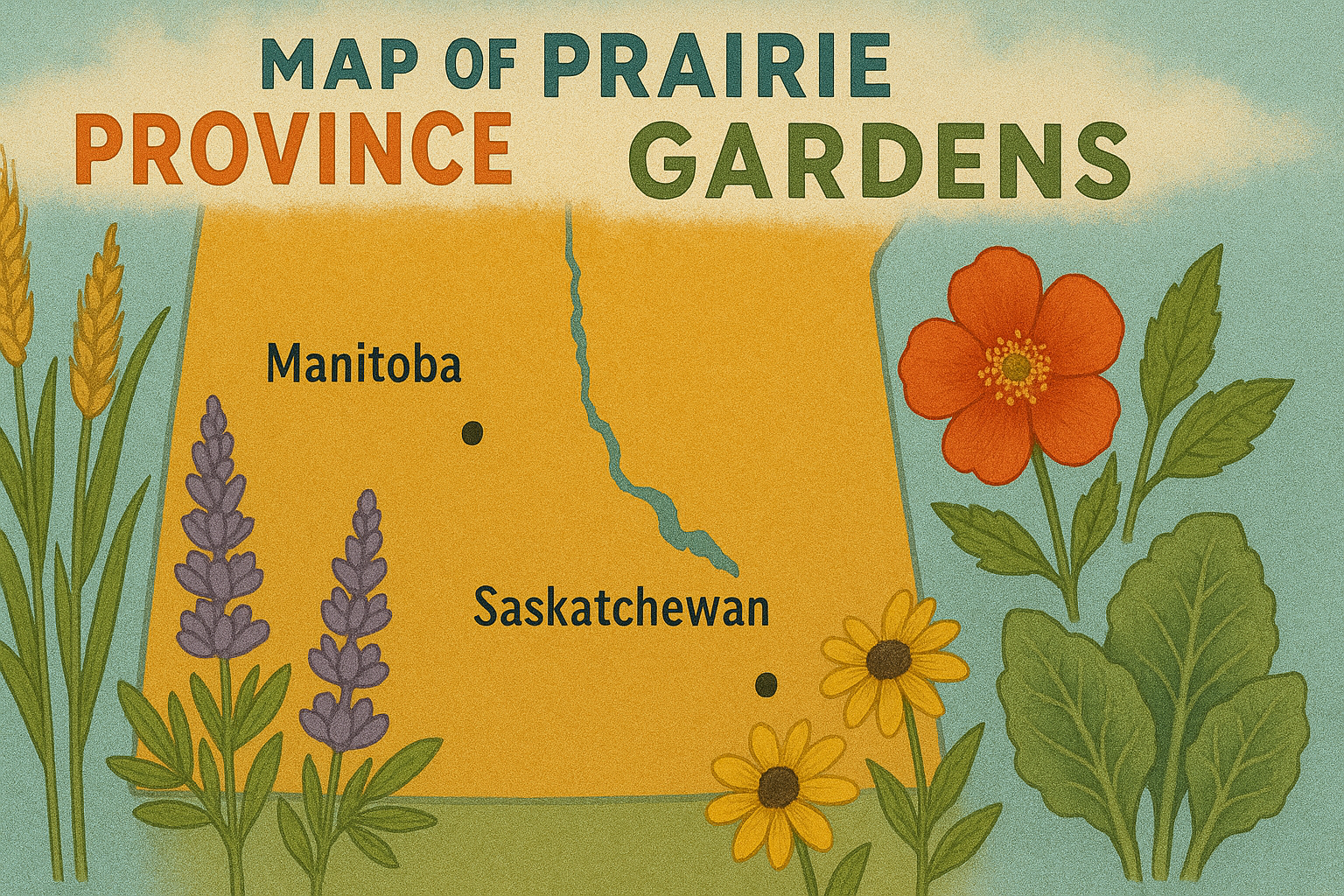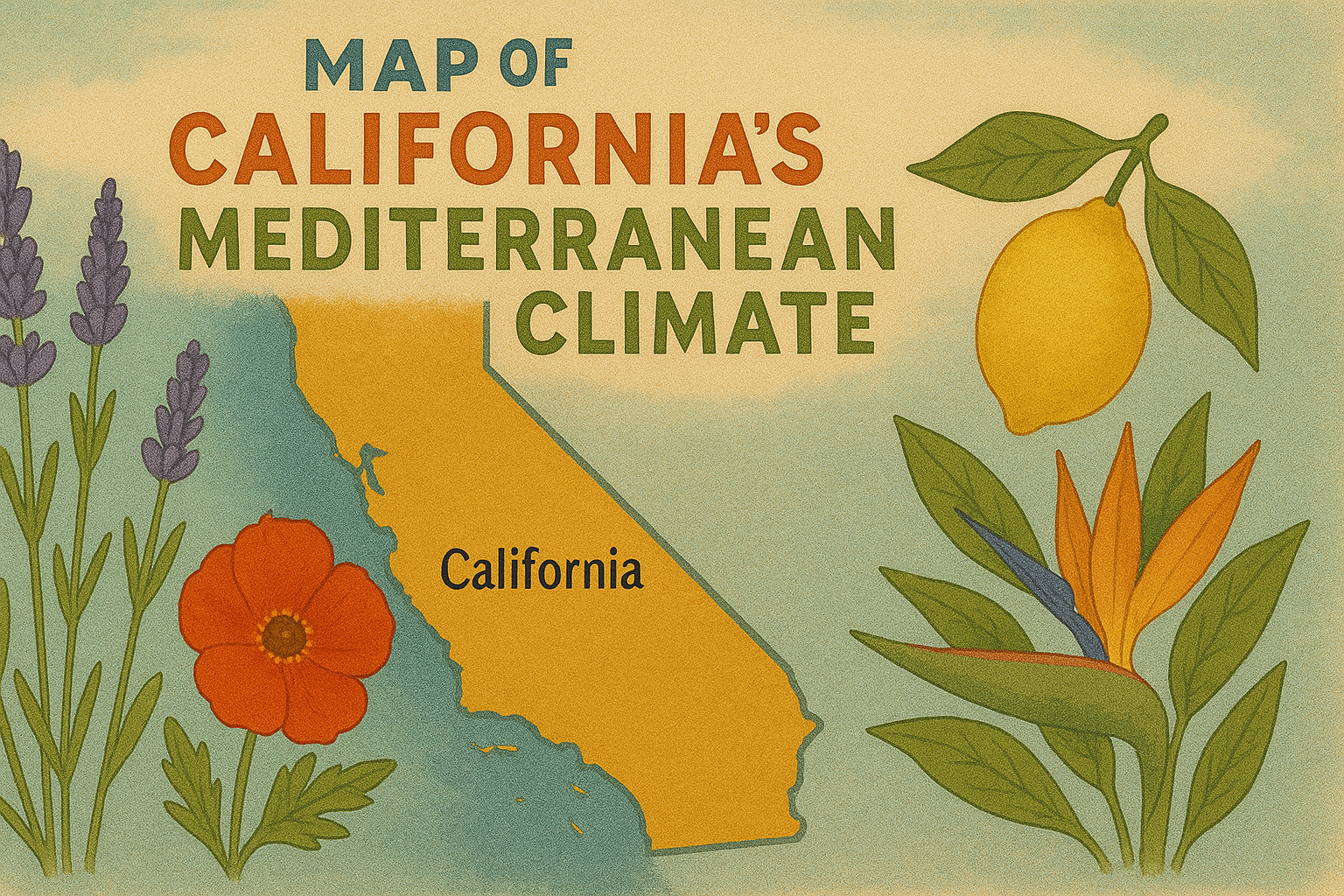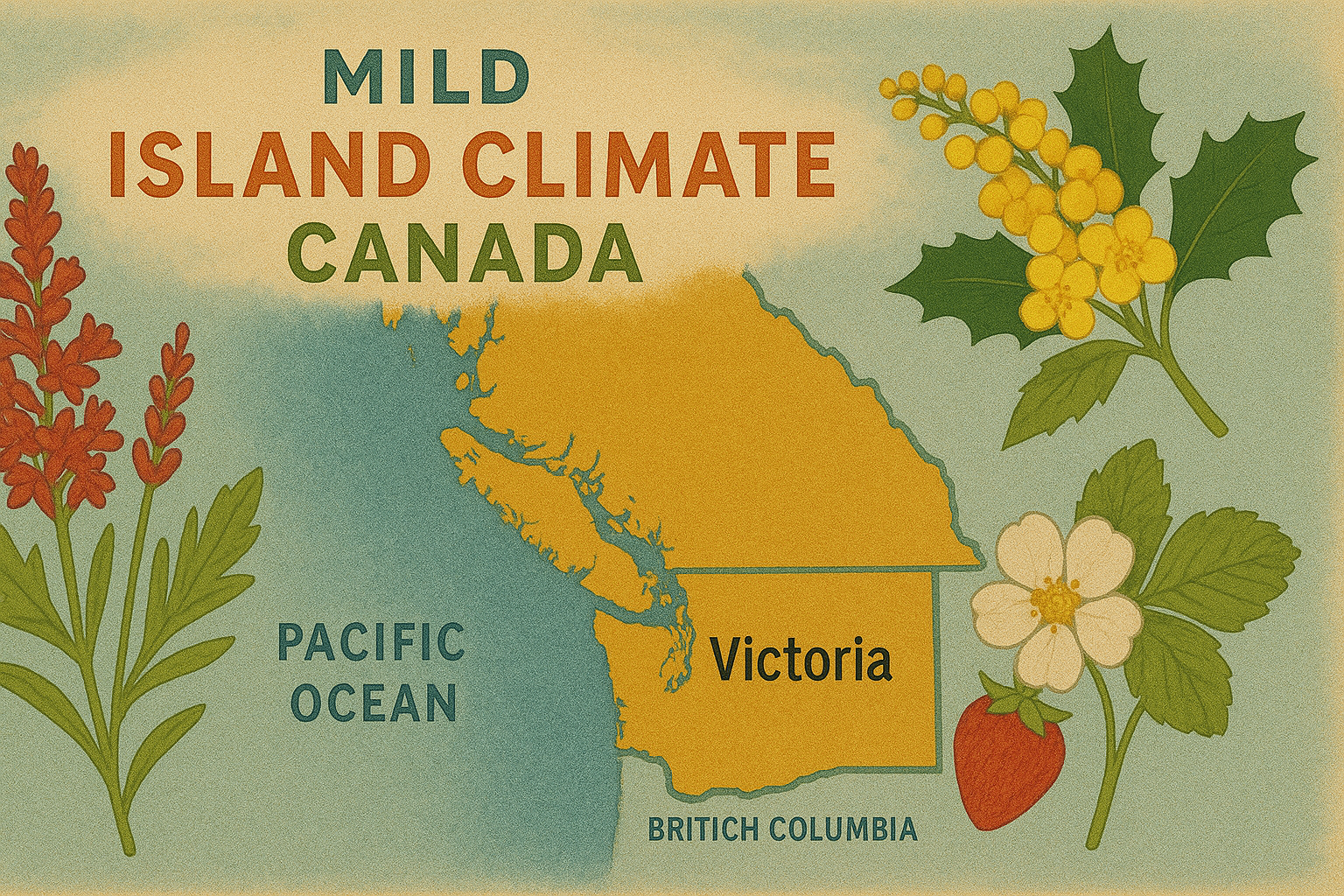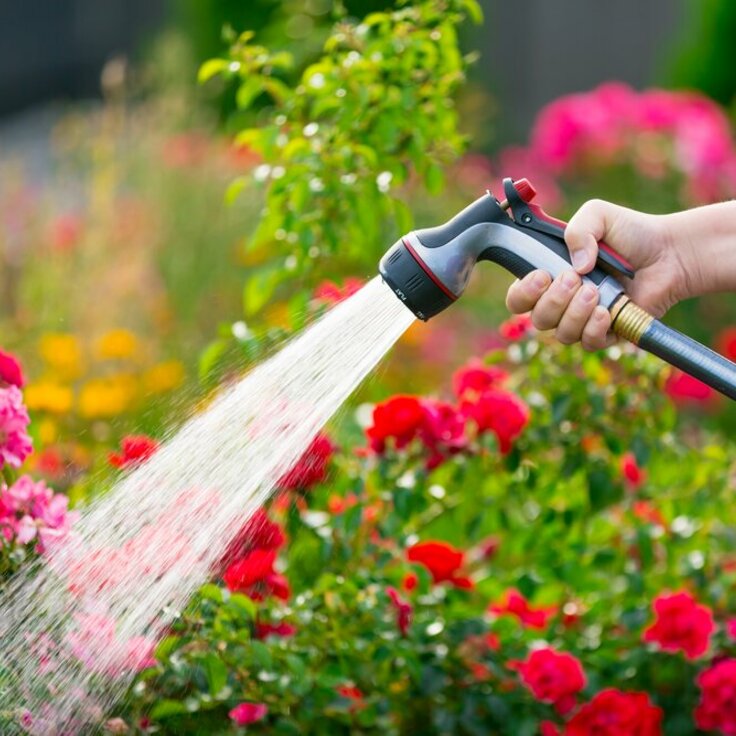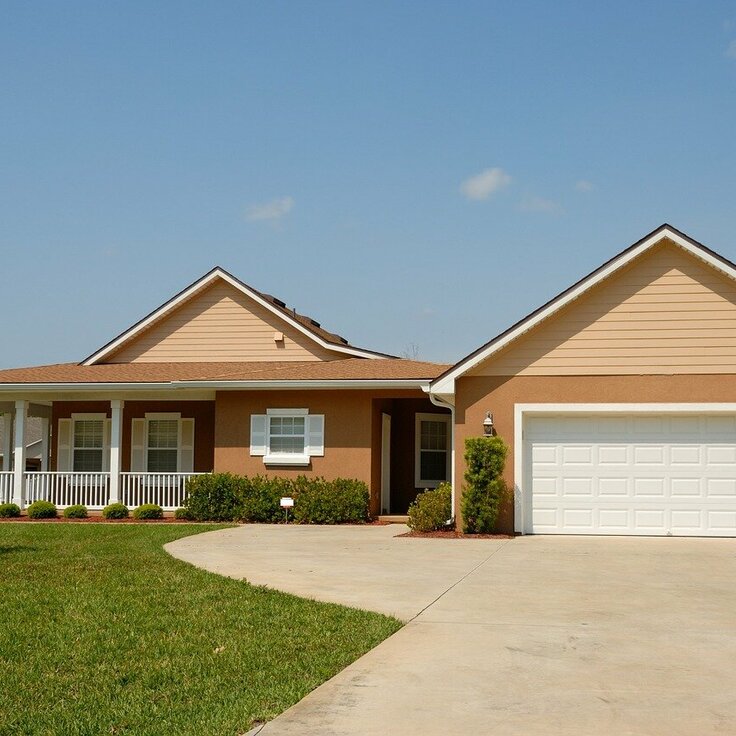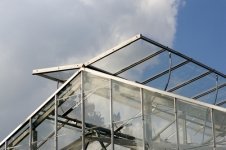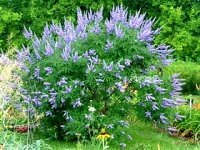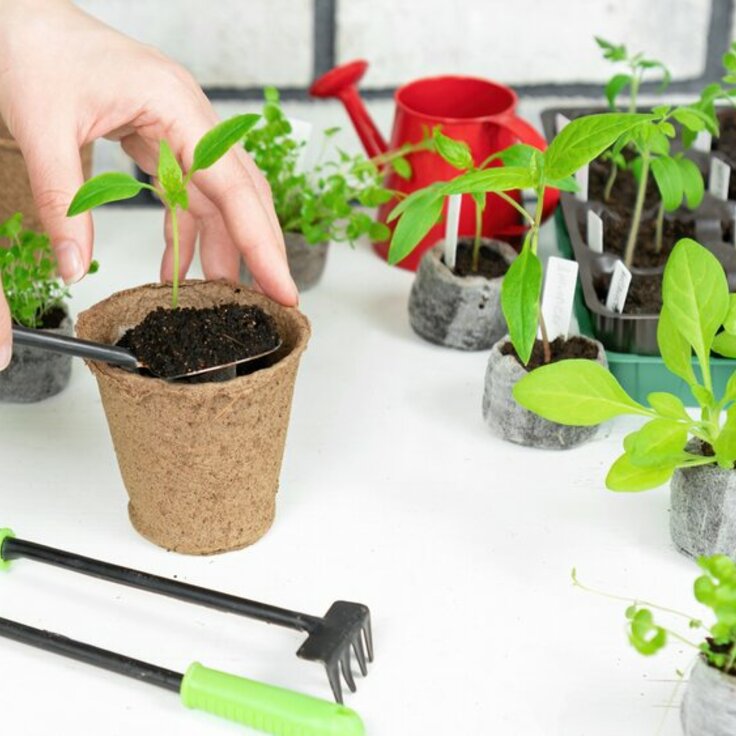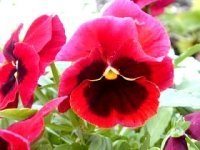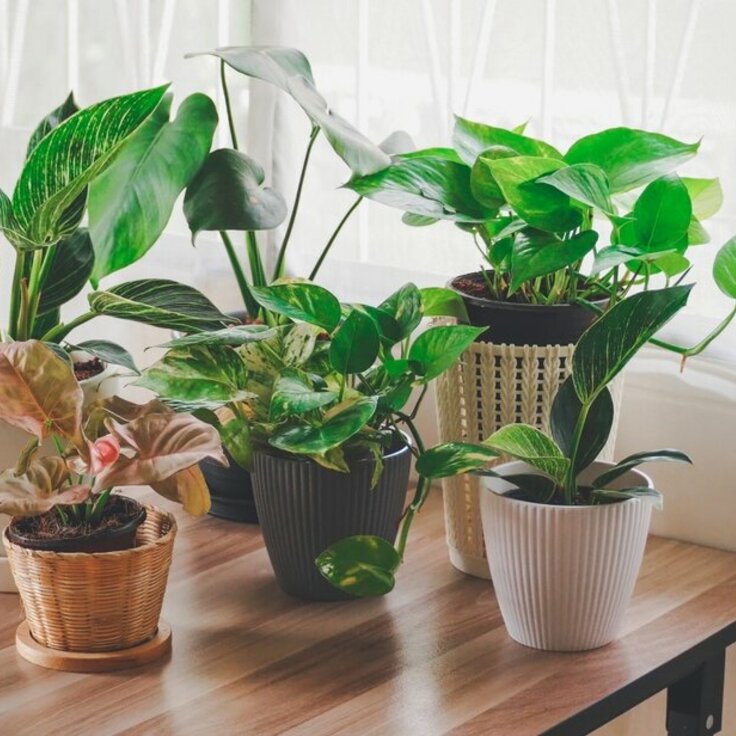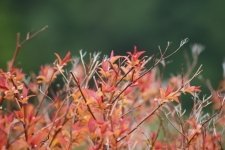Discover the Ultimate Gardening Spots: Top Regions in the U.S. and Canada
At gardencenterguide.com, we believe that gardening success starts with understanding your local conditions. Choosing the right location — matched to climate, soil, and plant needs — can make the difference between a garden that just survives and one that thrives.
Below, we highlight some of the best gardening regions in the United States, along with their Canadian counterparts, so you can see where your green thumb will flourish the most.
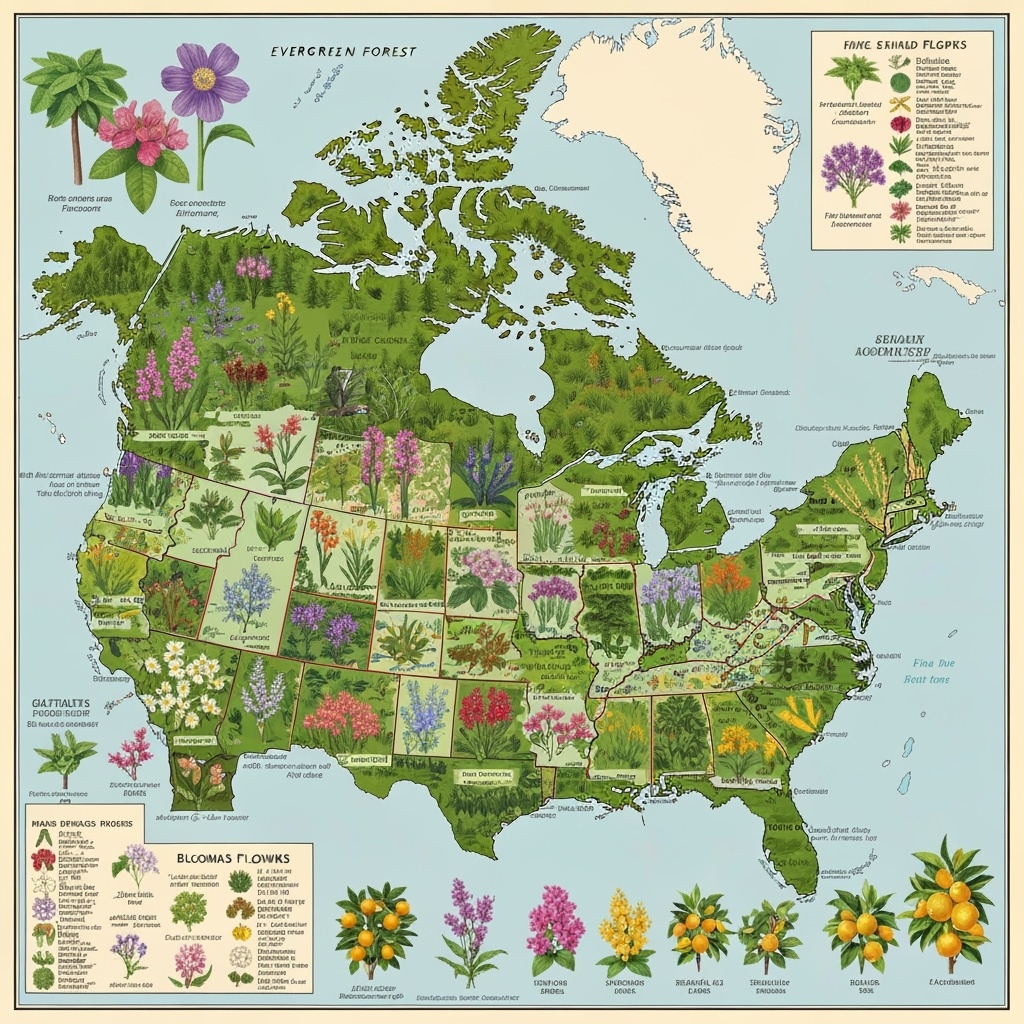
1. Southeastern Sunshine Havens
Atlanta, Georgia – Atlanta is a gardener’s dream. With abundant sunshine, warm to mild temperatures, and rich, heavy soils, it’s ideal for growing both ornamental plants and vegetables. The Atlanta Botanical Garden is also a major resource, offering inspiration, classes, and plant sales.
Tampa, Florida – Coastal Tampa blends warm summers with mild winters. The city has one of the highest average low temperatures in the U.S. and more garden centers per square mile than almost anywhere else, making year-round gardening not just possible but enjoyable.
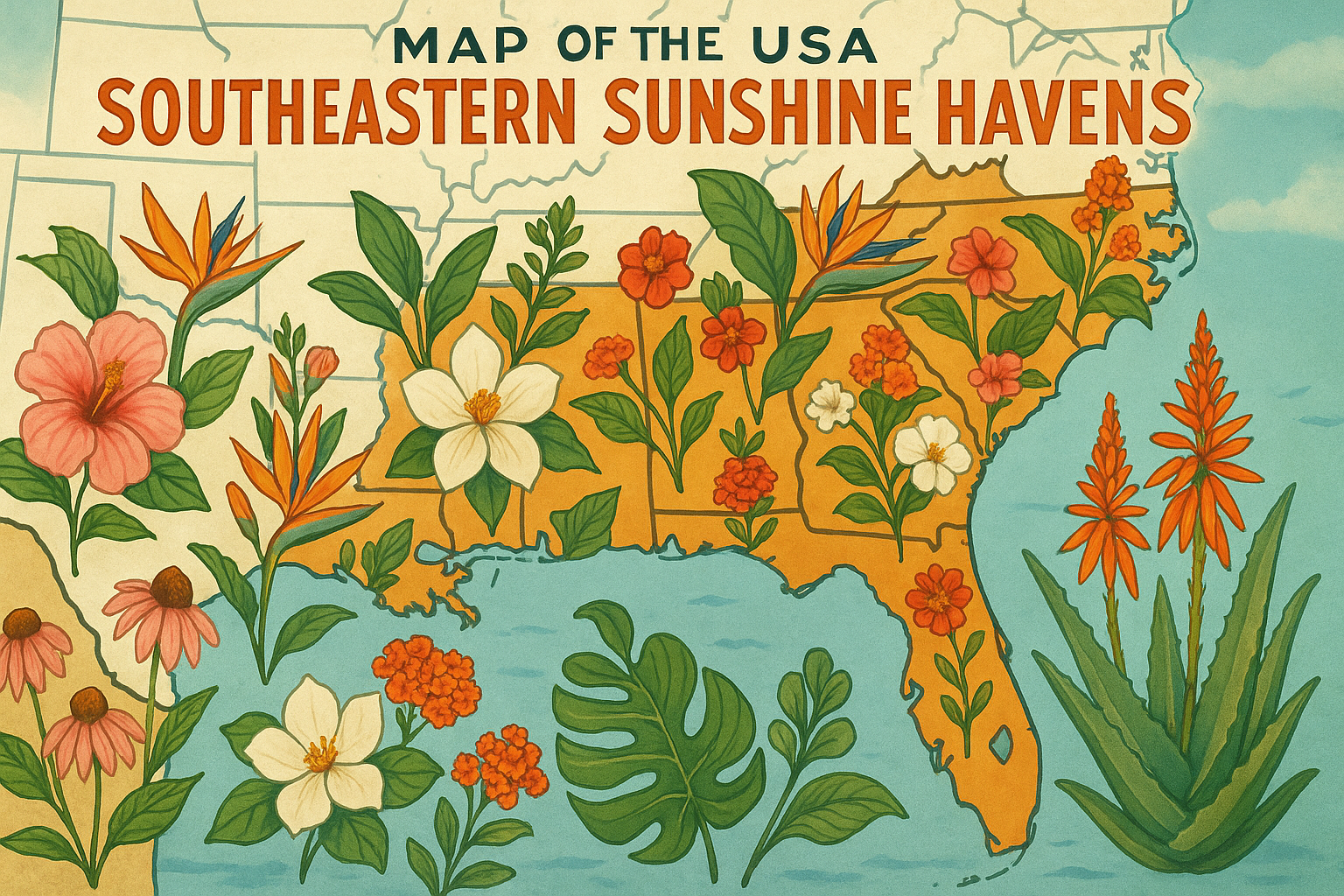
1a. Mild Coastal Gardens – Canada
British Columbia’s coastal areas — especially around Vancouver and Victoria — share a similar mild, ocean-influenced climate to the U.S. Southeast. These regions fall into Canada’s highest plant hardiness zones (8b–9a), allowing long growing seasons and minimal frost. Gardeners here can grow everything from roses to figs outdoors.
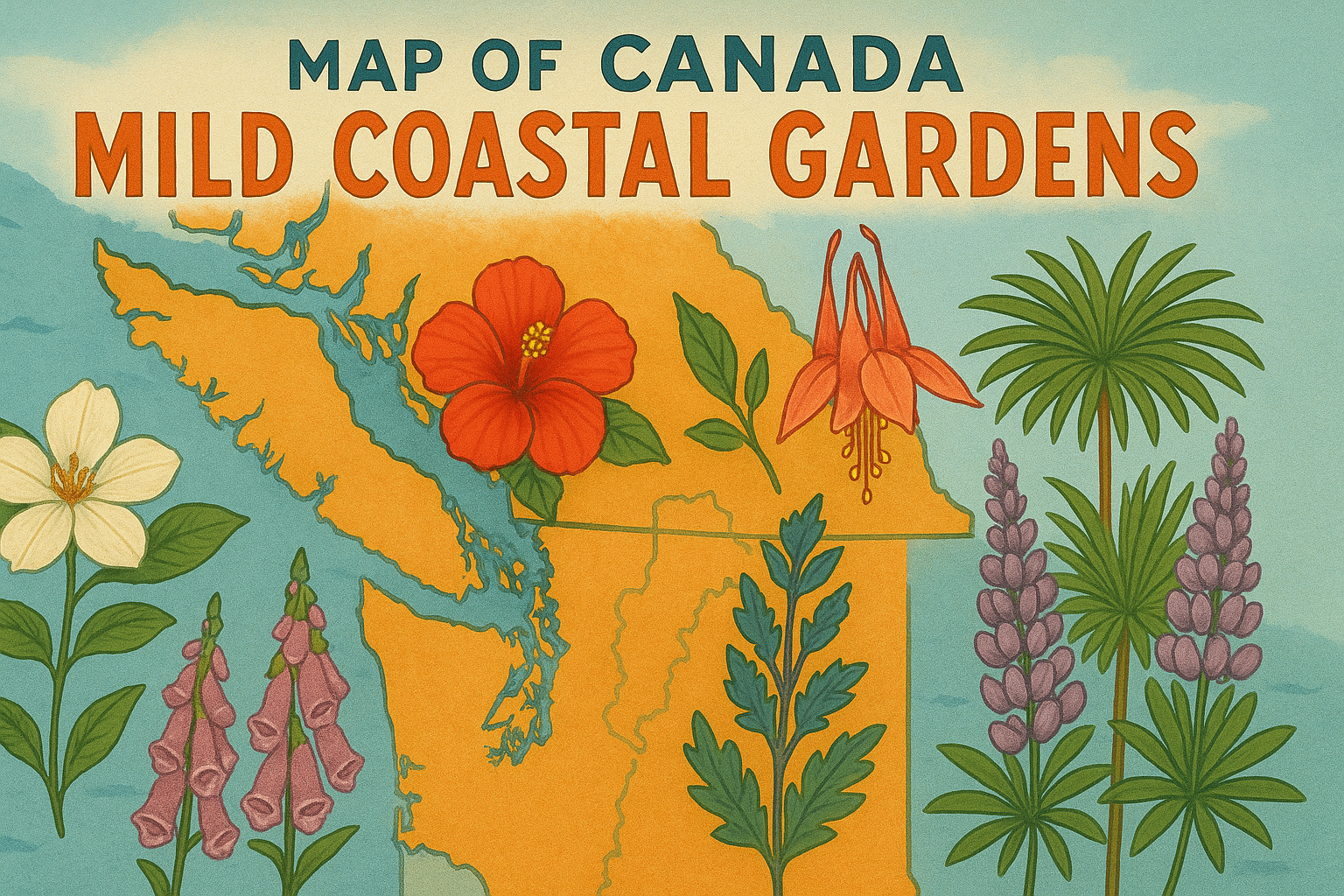
2. Midwest: Fertile Soil and Strong Gardening Communities
Omaha, Nebraska – In the heart of America’s agricultural belt, Omaha offers rich soils perfect for vegetables, annuals, and perennials. Winters are relatively mild for the Midwest, with frost mostly at night, and a strong local gardening community supports both beginners and seasoned growers.
St. Louis, Missouri – Located in USDA Zone 7a, St. Louis enjoys nearly ideal gardening temperatures for much of the year. The Missouri Botanical Garden, one of the oldest and most respected in the nation, provides workshops, plant trials, and events to inspire gardeners.
2a. Prairie Province Gardens – Canada
Canada’s prairie provinces, such as Manitoba and Saskatchewan, mirror the fertile spirit of the U.S. Midwest, though winters are much colder. Winnipeg (zone 4a) and Saskatoon (zone 3b) have shorter growing seasons, but gardeners can still produce impressive harvests with cold-hardy crops and season-extending tools like greenhouses and cold frames.
3. California’s Mediterranean Climate – Mild Winters, Long Seasons
San Diego, California – San Diego’s Mediterranean climate offers one of the longest growing seasons in North America. Winter gardening is not only possible — it’s productive. Local botanical gardens showcase everything from desert plants to lush tropicals, reflecting the city’s incredible plant diversity.
3a. Mild Island Climate – Canada
Victoria, British Columbia, has Canada’s mildest climate (zone 9a) and is one of the few places in the country where you can grow tender perennials and even some subtropicals outdoors year-round. Local gardeners often experiment with plants like palms, citrus, and succulents that are impossible to overwinter outdoors in most of Canada.
4. Understanding USDA and Canadian Hardiness Zones – The Science Behind Success
At gardencenterguide.com, we back every recommendation with USDA Plant Hardiness Zones — the standard for determining which plants will survive in a given location. Zones range from 1 (coldest) to 13 (warmest), based on the average annual minimum winter temperature.
- Northern U.S. – Zones 3–5 dominate, with cold winters often cushioned by snow cover.
- Middle U.S. Zones – Zones 6–7, like St. Louis, allow for a wide range of crops.
- Southern & Coastal U.S. – Zones 8–10+ make subtropical gardening possible.
Canadian Hardiness Zones work similarly but are based on additional climate factors like frost-free days and wind chill. For example, Quebec City sits in zone 4, Ottawa in 5b, and Victoria in 9a. This system helps Canadian gardeners choose plants suited to their often shorter growing seasons.
5. What to Grow Where
Here’s how the zones translate into planting options:
| Zone | U.S. Example | Canadian Example | Best For… |
| Zone 3–5 | Northern U.S. | Quebec City (zone 4) | Cold-hardy vegetables, native perennials |
| Zone 6–7 | St. Louis, Ottawa | Ottawa (5b), Toronto (6a) | Fruit trees, berry bushes, long-blooming perennials |
| Zone 8–9 | Atlanta, Tampa | Vancouver (8b), Victoria | Subtropical plants, long-season vegetables |
| Zone 10–11+ | San Diego | N/A in Canada | Mediterranean herbs, citrus, succulents |
6. Community Programs and Education – United States
Master Gardener Programs provide workshops, hotlines, and seasonal tips to local gardeners.
Urban Gardening Initiatives in cities like New York, Detroit, and Los Angeles promote community gardens, rooftop farming, and neighborhood green spaces.
6a. Community Programs and Education – Canada
Canadian Master Gardener chapters operate across provinces, offering plant clinics, public lectures, and demonstration gardens. In cities like Toronto, Vancouver, and Montreal, community allotment gardens and urban farming initiatives make fresh produce accessible to city residents.
7. Regional Gardening Tips
- Southeast U.S.:
- Focus on heat-tolerant varieties and keep plants hydrated during hot spells.
- Midwest U.S.:
- Rotate crops annually and consider season extenders like row covers.
- California Coast:
- Emphasize drought-tolerant natives and Mediterranean herbs.
- Canadian Prairies:
- Start seeds indoors and choose fast-maturing plant varieties to make the most of the short season.
- Coastal British Columbia:
- Experiment with tender perennials and subtropical edibles in sheltered spots.
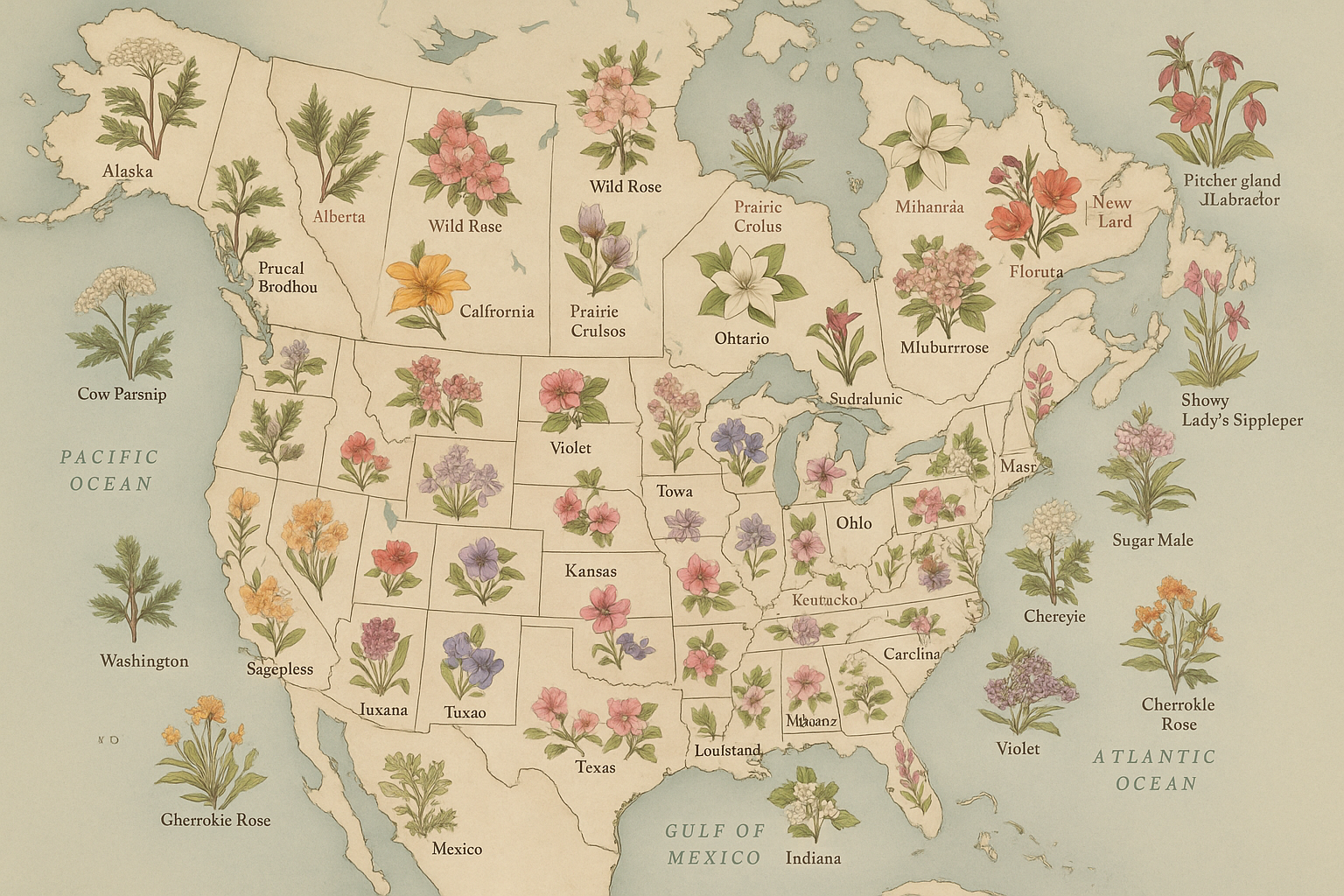
The Bottom Line – Location Matters
Whether you’re soaking up the warm sunshine in Tampa, digging into Omaha’s fertile soils, or enjoying the cool ocean breezes of Victoria, your gardening success depends on matching plants to your local climate and conditions. By understanding your USDA (or Canadian) zone and tapping into local gardening networks, you can create a thriving, beautiful space year after year.
At gardencenterguide.com, we’re here to help you choose plants, tools, and techniques tailored to your specific region. With the right information, your garden won’t just grow — it will flourish.

